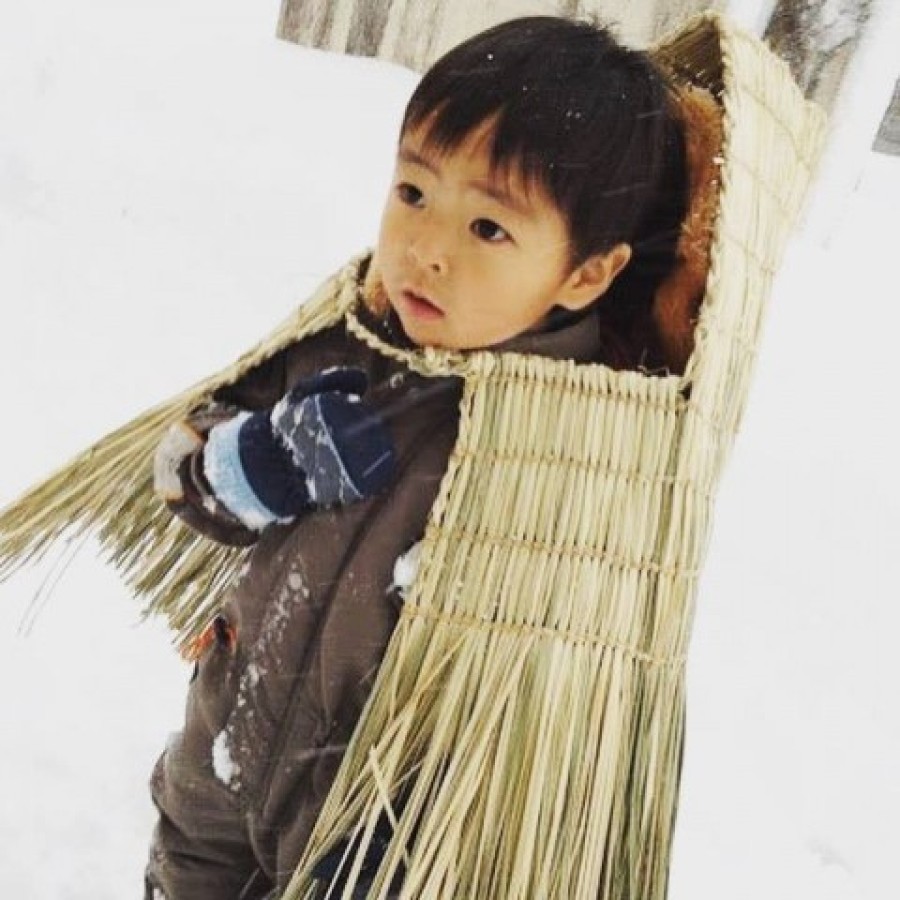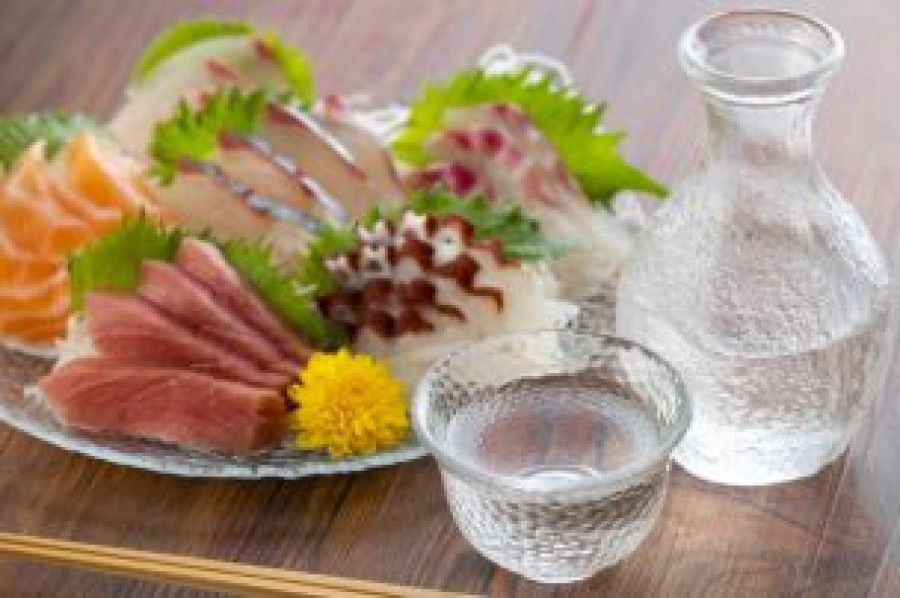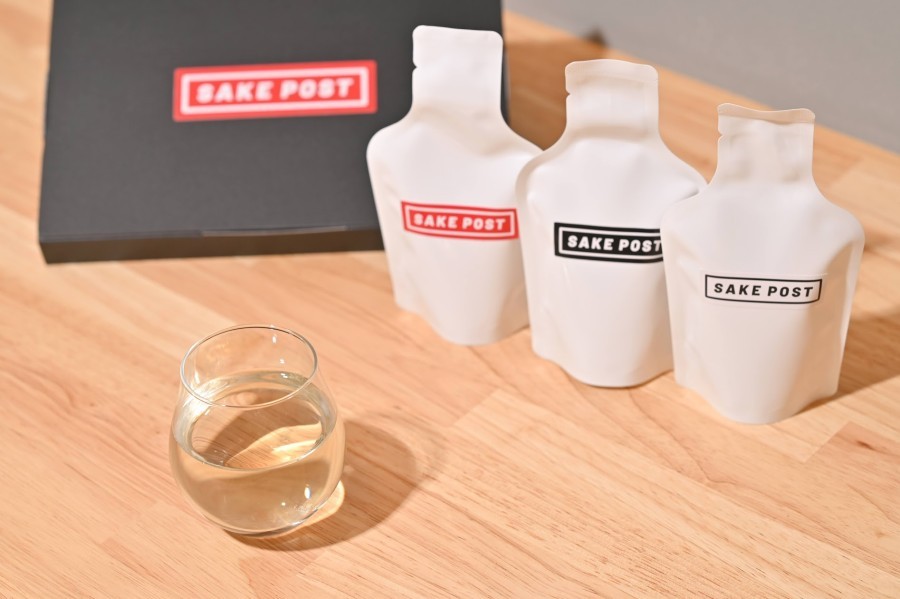From 'Ippin on the island', born and raised on Sado Island, Niigata Hatsu R, Summer 2021, issue 16.
Interview and text by Mariko Takahashi Photography by Studio Mamakwanka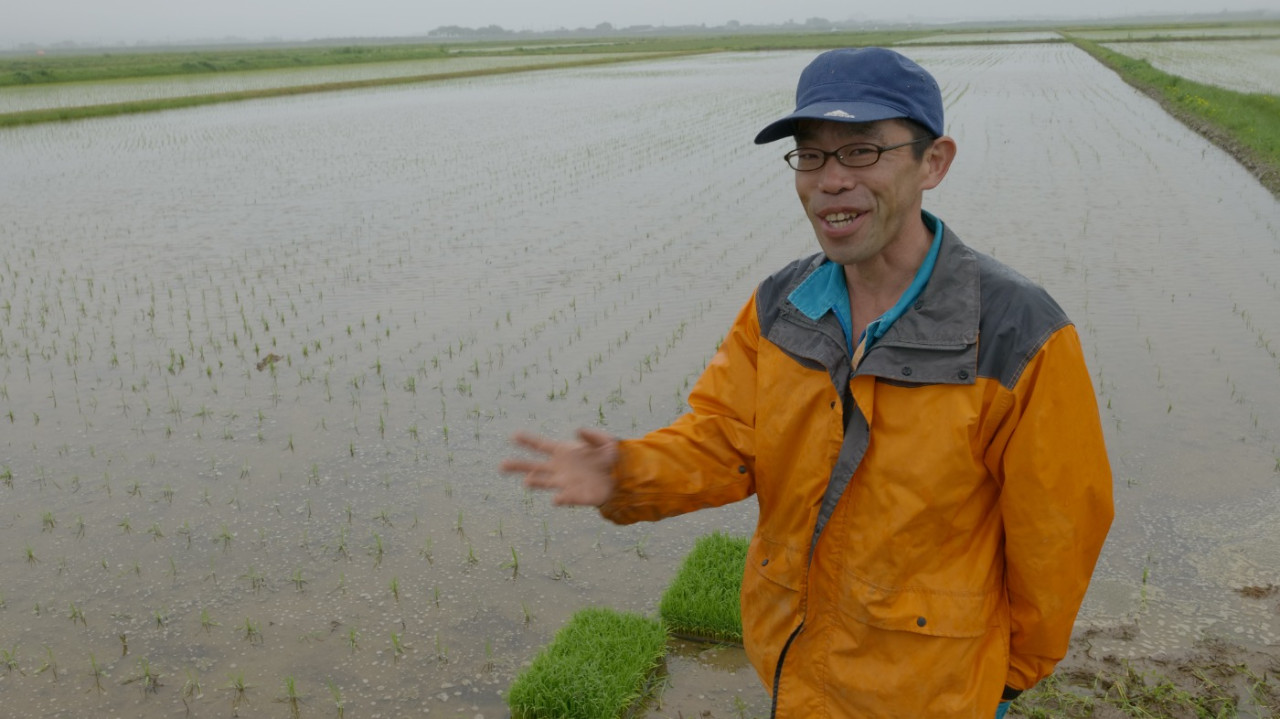
Sado is an island that boasts a 'perfect' natural environment, with 1,000m mountains, vast plains, satoyama, rivers and lakes. Five sake breweries brew locally produced sake, taking good care of the bounty of this nature. The "island sake" produced on the island is named "island sake" by Hatsuri R, and the stories of the three breweries are introduced.

The rise and fall of the gold mines led to a rise in sake production.
According to NIIGATAKENSHUZOUSHI, published in 1961, there were 14 sake breweries on Sado Island. Going further back, there were some 250 sake breweries in the country at the end of the Edo period ( SADOSHUSHI ), which is surprising. The president of OBATASHUZO, TAKESHI HIRASHIMA, who is familiar with the history of Sado sake brewing, says: "The demand for sake increased as the population grew rapidly during the Gold Rush, and rice merchants started brewing sake. The cultivation of land led to an increase in rice production, but the population decreased due to a decline in gold production, and the number of Jio sake breweries, which made sake from the surplus rice, seems to have increased. Now we are entering a new stage of symbiosis with the crested ibis", he explains. We caught up with the current state of island sake.
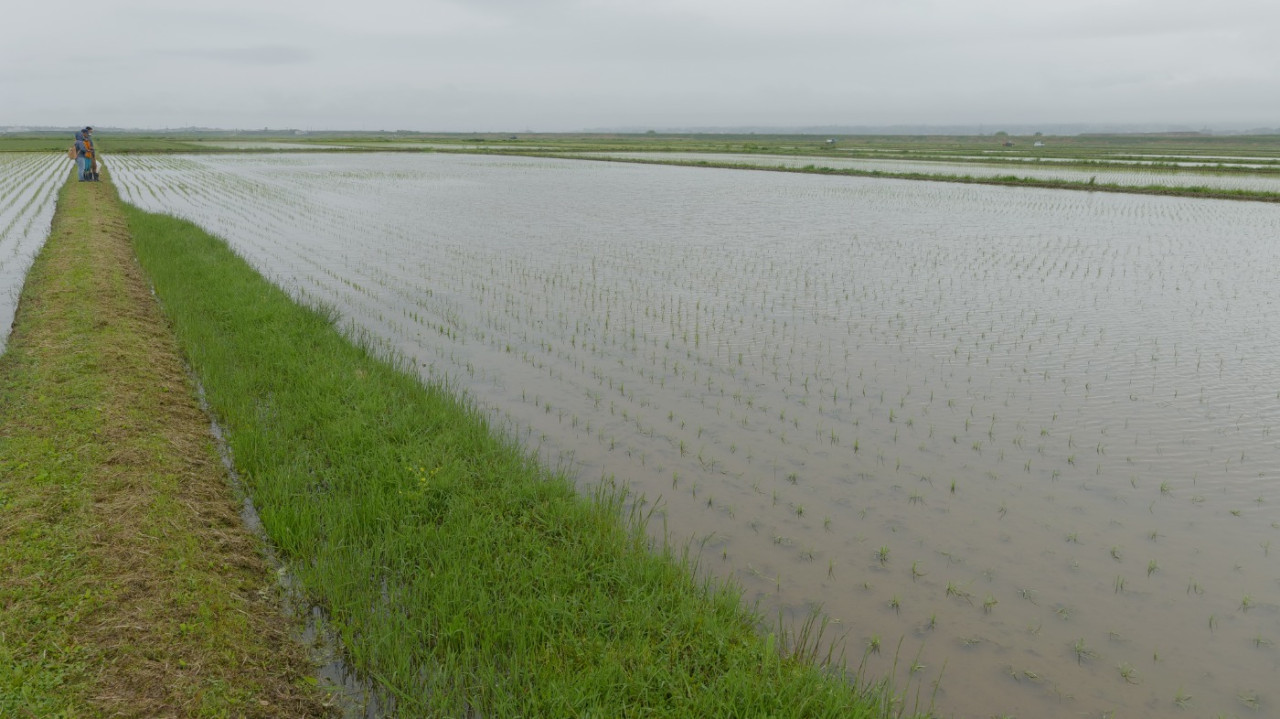
The Kato Sake Brewery, which has realised all rice produced on Sado Island, brews JUNMAIDAIGINJO JOGENNOTSUKIwith naturally grown Koshitanrei rice and JUNMAI HIRAKUwith pesticide-free Takananishiki rice.
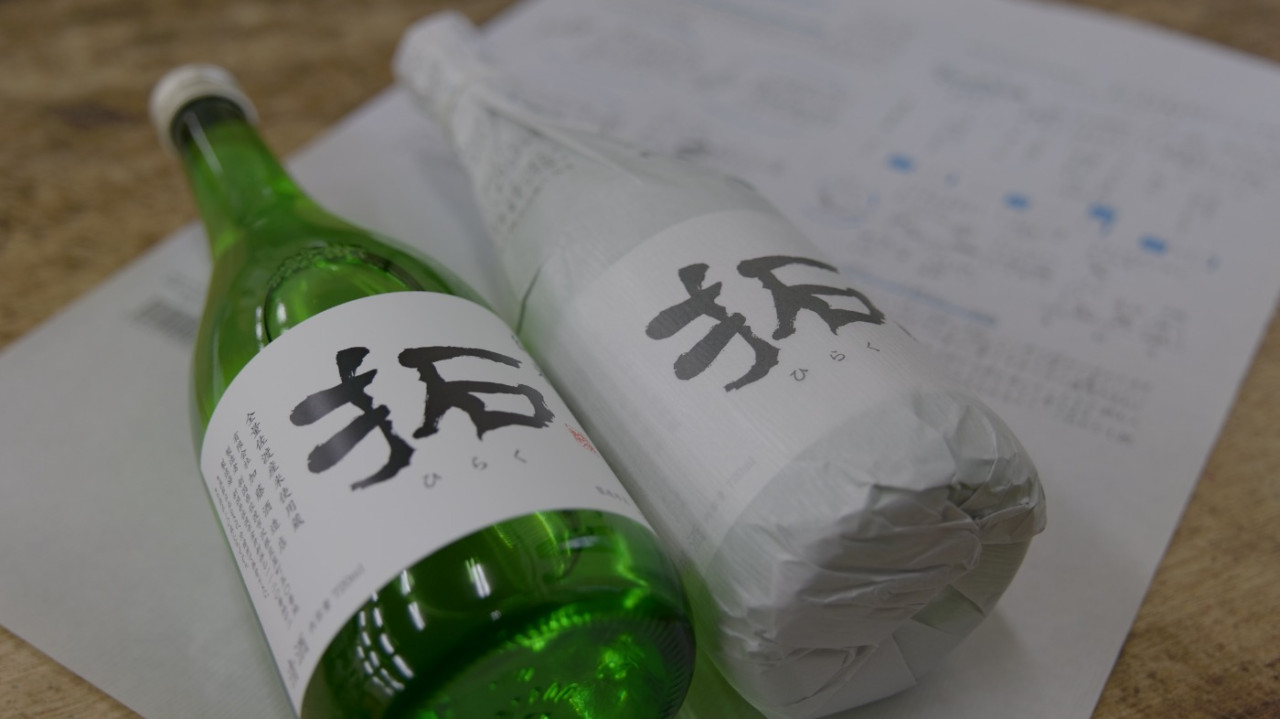
The rice is grown by Kunimoto Sasaki, the brewer, and seven contract farmers; 23 years ago, when Mr Sasaki came to the island to make sake, the timing coincided with the release of the crested ibis, and he proposed to the then president KEN KATOto grow rice and make sake from it in harmony with living things.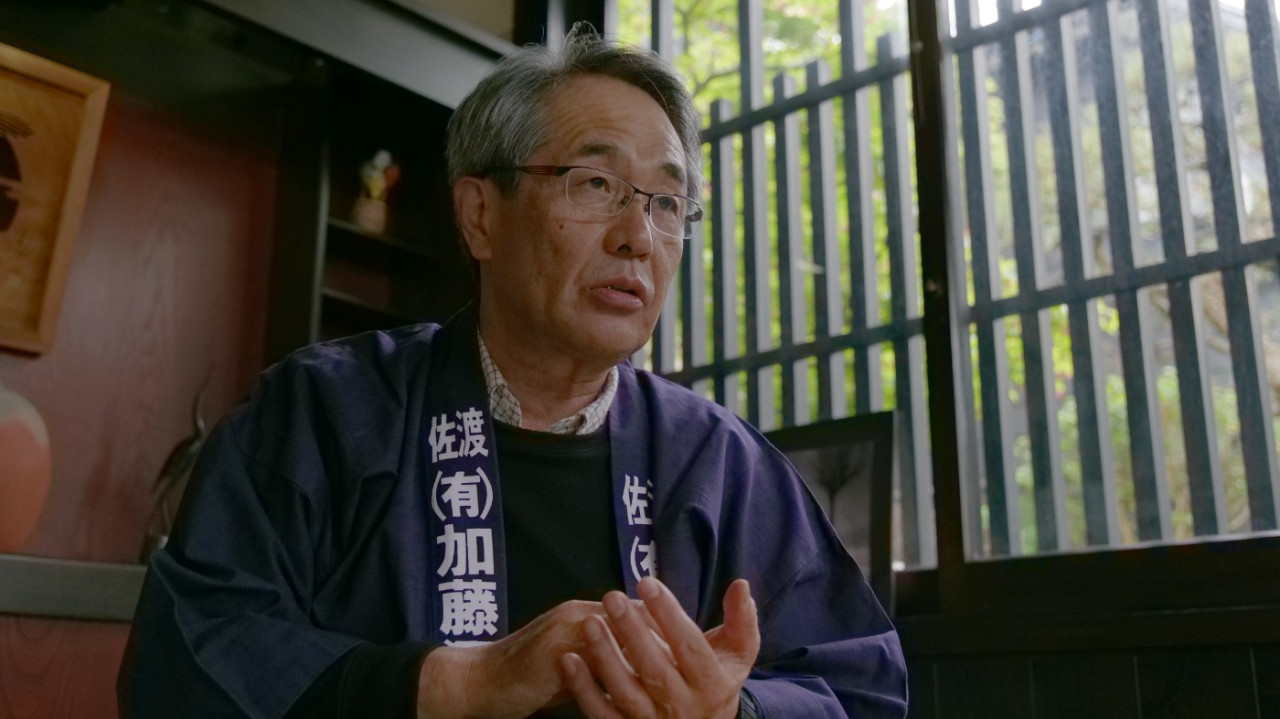
President Kato, who could not forget what the late photographer TAKASHI AMANOonce said in a lecture: 'There are no living creatures in the rice paddies now, it's strange', decided to support Mr Sasaki, who is working hard to encourage producers, in the hope that 'natural cultivation will change the current situation in the rice paddies'. He has continued to provide financial support, including cultivation subsidies, to the producers, with the aim of 'communicating natural farming through sake'.

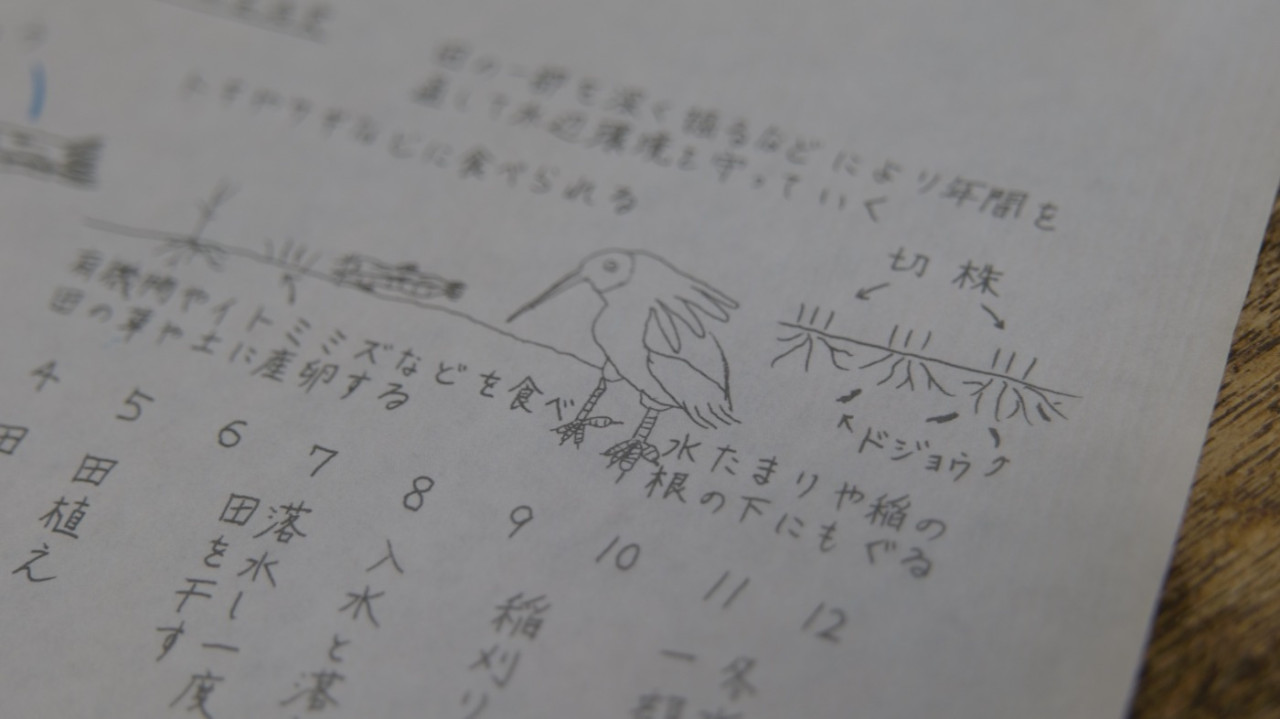
Today, Kintsuru has many local fans, but before the brewery was relocated in 1993, the water was hard and "the taste was not satisfactory", says President Kato. In order to take a step up in the future, he persistently persuaded his father, who was opposed to the move, and relocated to the site of the former brewery of the defunct ISAMIGOMA, where there is abundant subterranean water from the Kinpoku Mountains. Local people knew that the water here was good, and slowly more and more people started drinking it, becoming fans of Kintsuru.
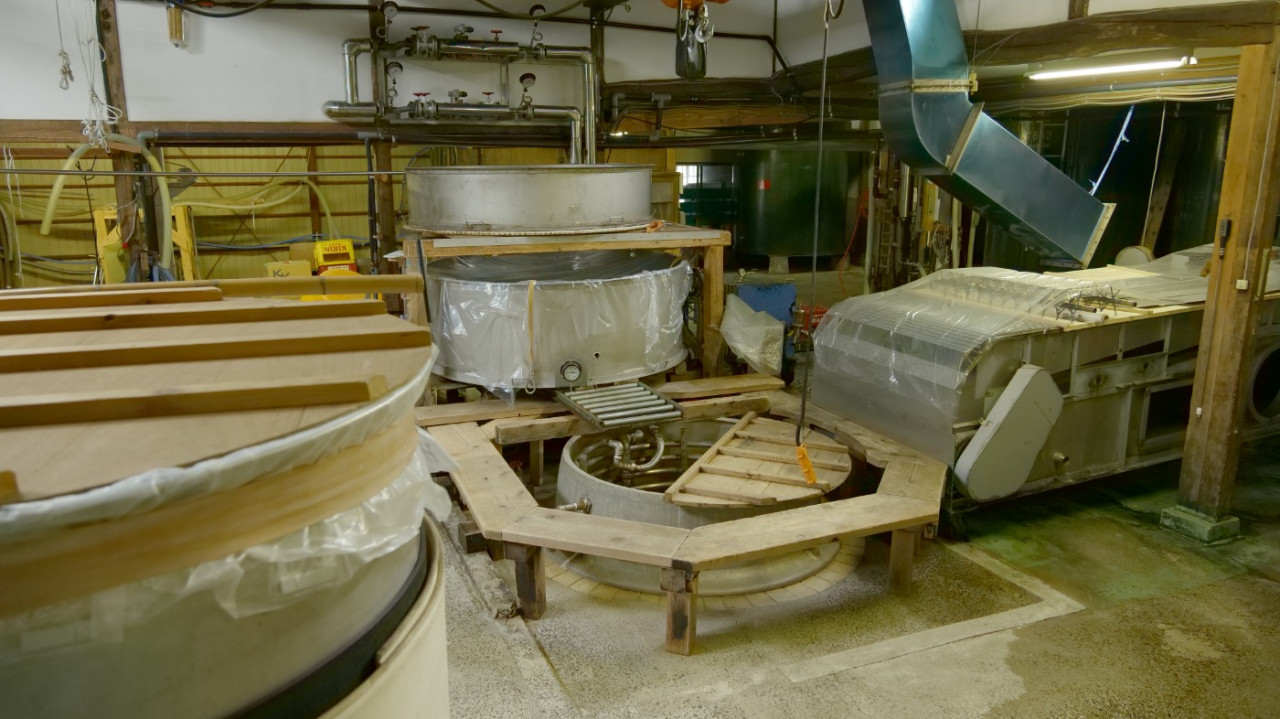
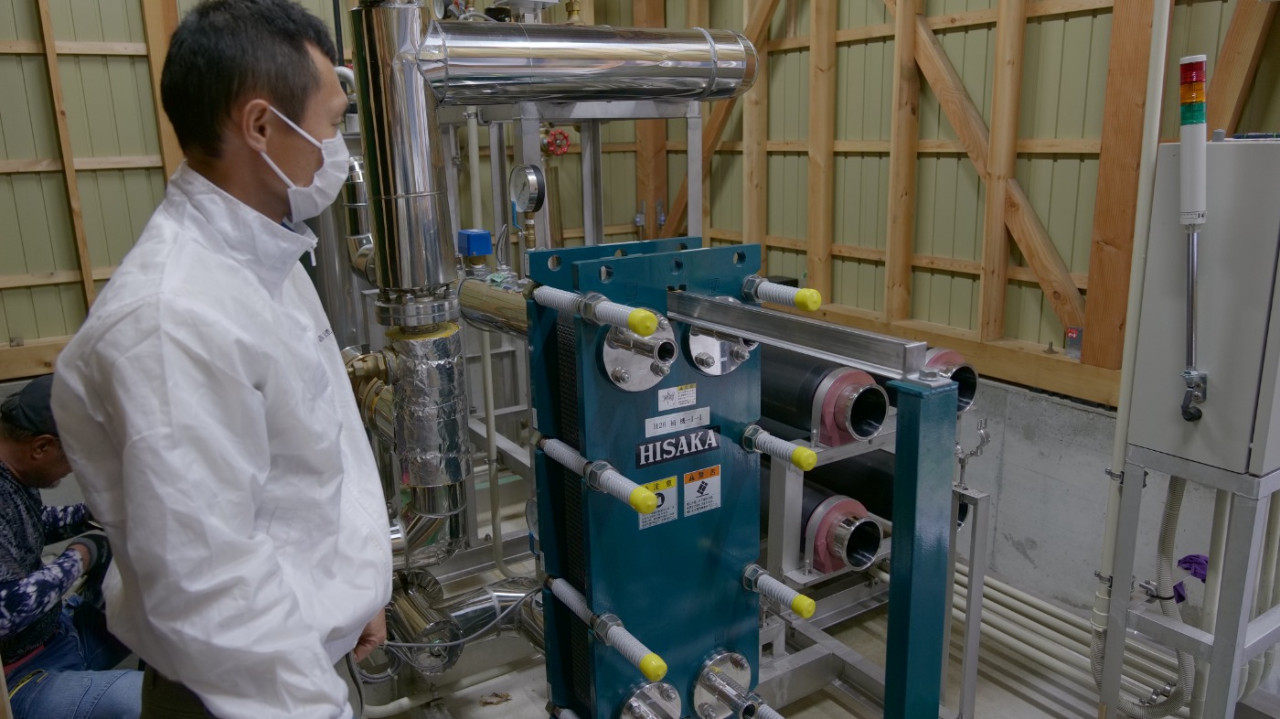
The brewing of Kintsuru is overseen by MOTOMASA SAKASHITA, who also acts as toji (chief brewer). 'It's nice for the islanders to drink sake made with local rice,' he says, as he works hard to brush up on the current taste, proudly using all rice produced on Sado Island.

The managing director (at the time), ICHIRO KATO, who returned to his family home five years ago, says: "I want to deepen my connection with my fans while pursuing a brew that is not flashy but is full of substance."
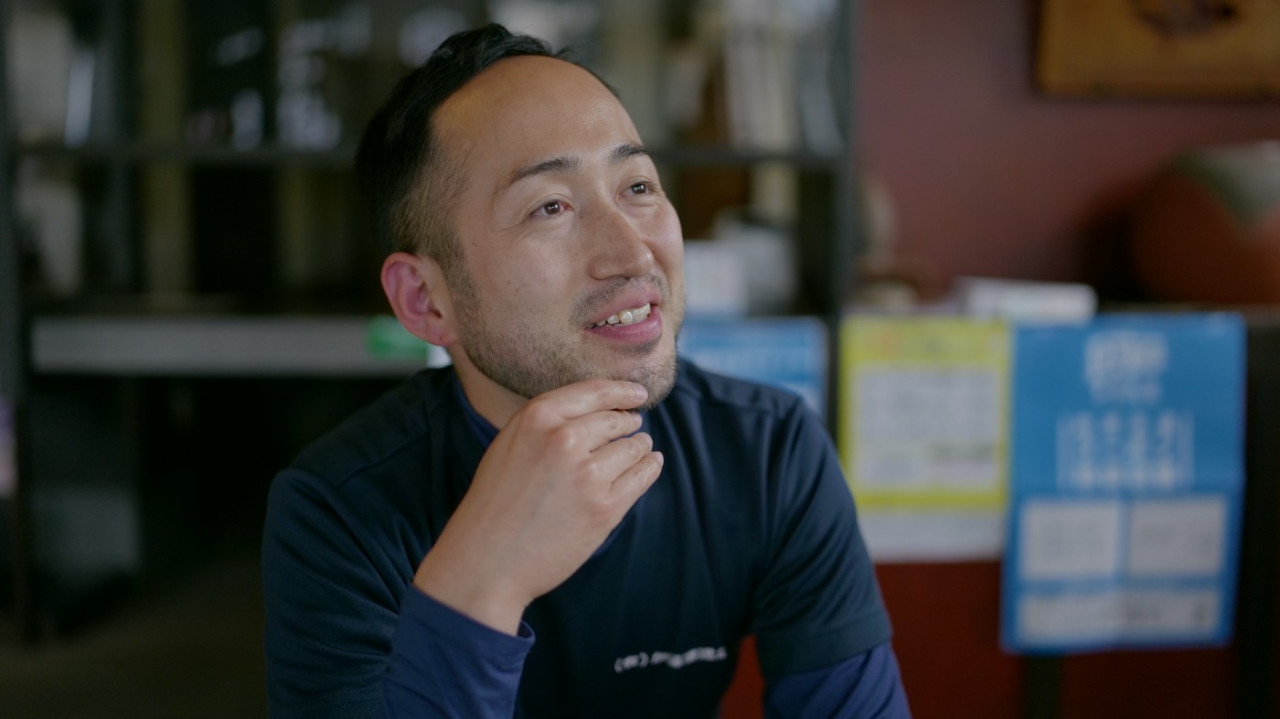
The challenge of 'quality sake' continues.
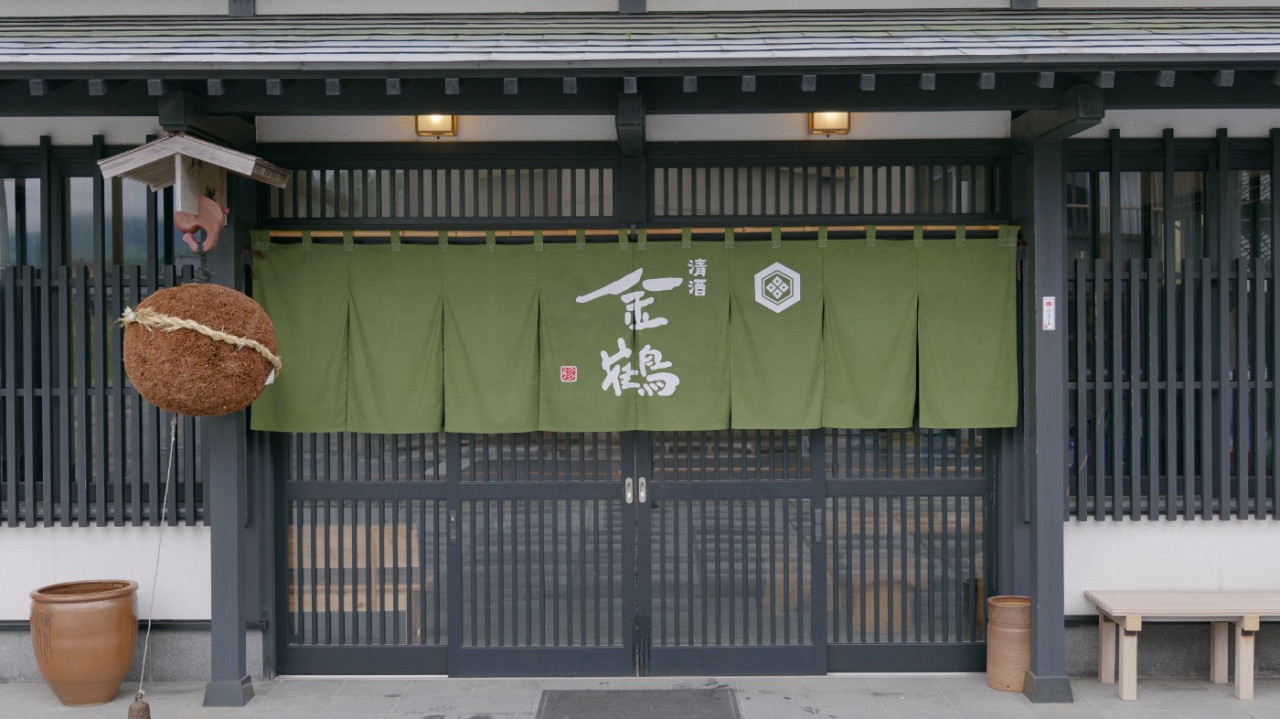
advertisement




